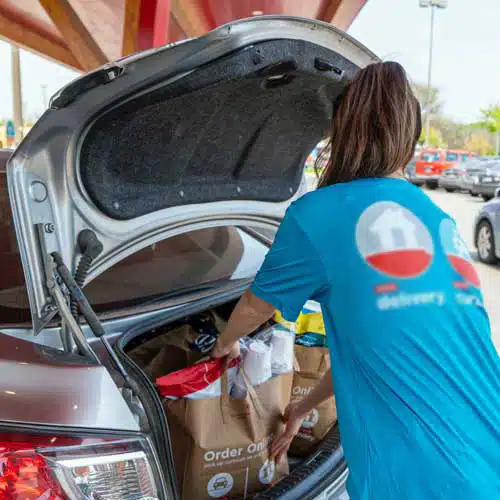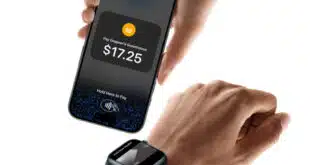While holiday sales are off to a strong start, consumers are making less use of curbside pickup, a service that rapidly gained momentum at the onset of the Covid-19 pandemic.
Curbside pickup accounted for 13% of online orders on Thanksgiving day and Black Friday among retailers that offer the service, down from 21% last year, according to Adobe Analytics. On Cyber Monday, curbside pickup was used for 17% of online orders, down from 18% in 2021.
But consumers aren’t the only ones shying away from the service. A recent study by NewStore Inc., an omnichannel platform provider to merchants, reveals that 25% of retailers in the United States now offer the service, down from 34% in 2021.

A key driver of the decline in curbside pickup is that, with the pandemic subsiding, retailers are looking to drive more in-store traffic, Phil Granof, chief marketing officer and retail analyst for NewStore, tells Digital Transactions News by email. “While customers love curbside for the convenience, a lot of retailers would much rather have shoppers in-store so they can better help them find what they need, suggest other products based on what they already plan to buy, and ultimately drive more revenue,” Granof says.
Another factor contributing to the decline is that many retailers launched the service out of necessity at the onset of the pandemic as a way to service consumers skittish about entering stores, even to pick up an order placed online. Many of these retailers implemented quick-fix solutions that were not sustainable because they were not integrated with their point-of-sale, inventory, and store-fulfillment solutions, according to Granof.
“For this group, curbside wasn’t part of their long-term strategy, so what I suspect we are seeing now is these companies are turning the feature off and encouraging customers to come back in to the store,” Granof says.
Still, Granof does not foresee the service fading away entirely. Consumers still like it for purchasing day-to-day necessities, such as laundry detergent and toothpaste—products they do not need a store associate to help them select. “The pandemic has taught consumers how to use services like curbside, leading to a shift in shopper behavior,” says Granof. “Now that busy shoppers know they can order and quickly pick up basic items without leaving their cars, many of them will continue to do that, if the experience is smooth and convenient, of course.”
In addition, some retailers generate a substantial portion of their sales through curbside pickup. Target Corp., for example, has stated same-day delivery and pick-up services account for more than 10% of its overall sales, according to Granof. “Curbside obviously plays a big role [for Target], so I don’t see them shying away from it, especially given the fact that they are extending their partnership with Starbucks to allow customers to place curbside orders for food and beverages,” says Granof.
Earlier this month, Target announced in a blog post that the Starbucks with Drive Up service had launched at 240 Target stores in California, Delaware, Minnesota, New Jersey, Pennsylvania, Texas, Washington, and West Virginia. Consumers can pick up their orders through curbside pickup.
“Curbside was widely adopted for two reasons — to keep people safe and speed up the checkout process by reducing the number of people in-store,” Granof says. “If [retailers] decide to turn off curbside, they need to have line-busting solutions in place that allow associates to check out customers anywhere on the store floor.”





